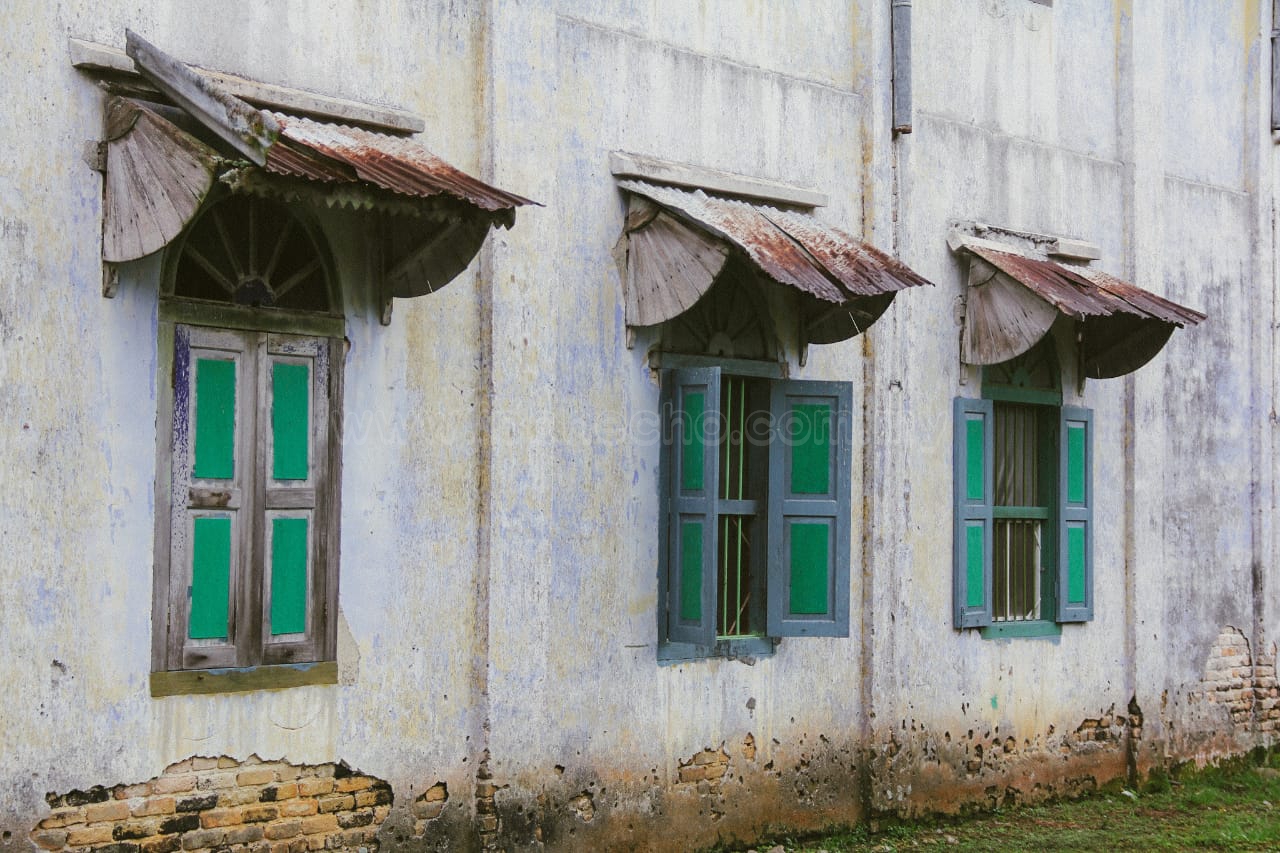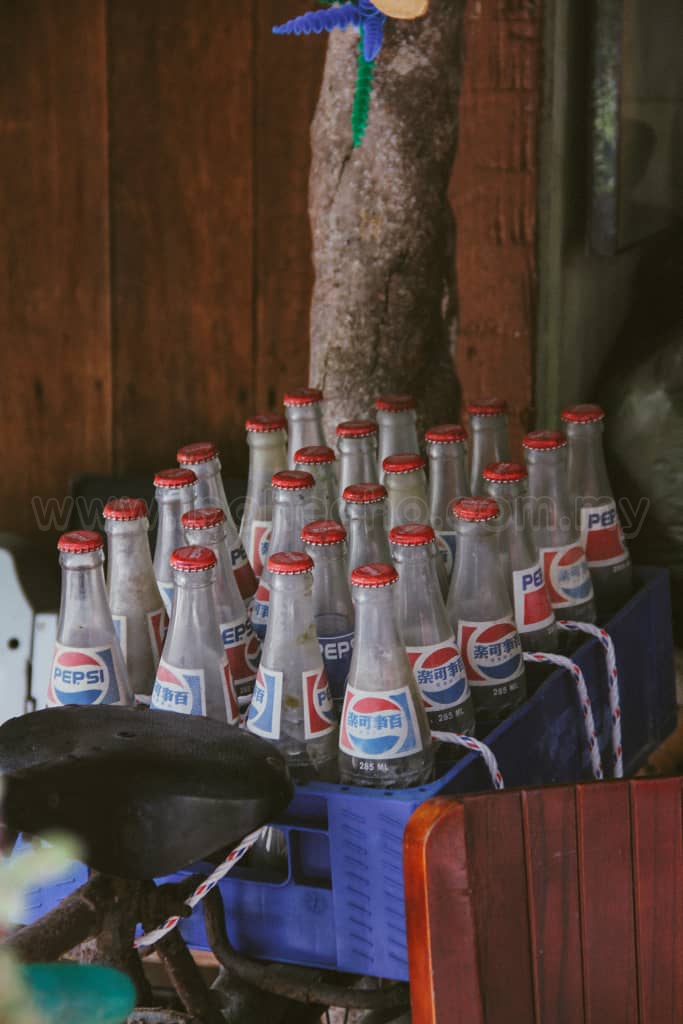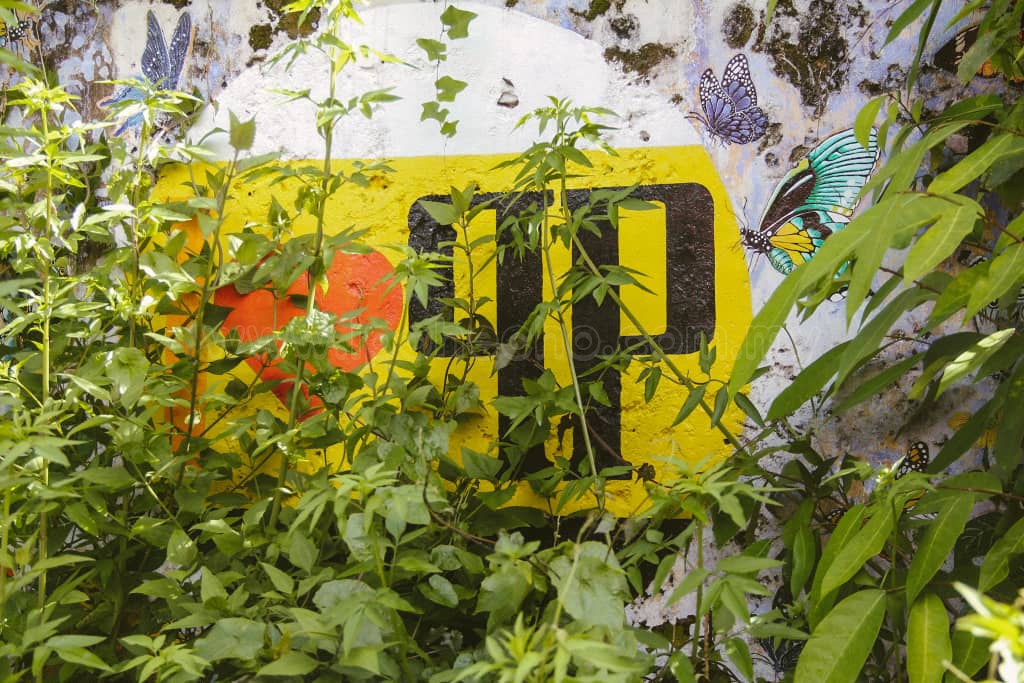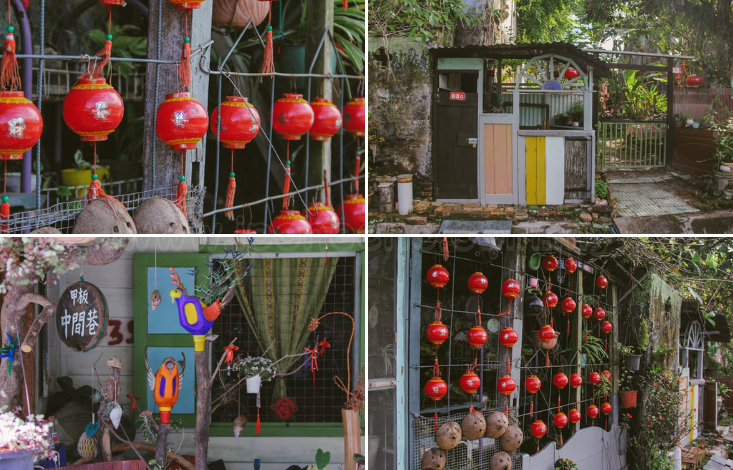

Recently, instead of some of the challenging courses that some of my intrepid friends led by Andew Chen embark on every weekend, I went instead on an adventurous yet educational trip with a group fondly known as ‘Ipoh Heritage Walk Sundra’.
The trip to Papan, a town made up of abandoned heritage buildings rich with history, was organised by the group’s founder, Sundralingam.
The buildings and shophouses we came across mainly appeared in two conditions: decayed and vacant or occupied. Some of them had undergone minor facelifts to prevent them from further falling apart, such as replacing the roofs.
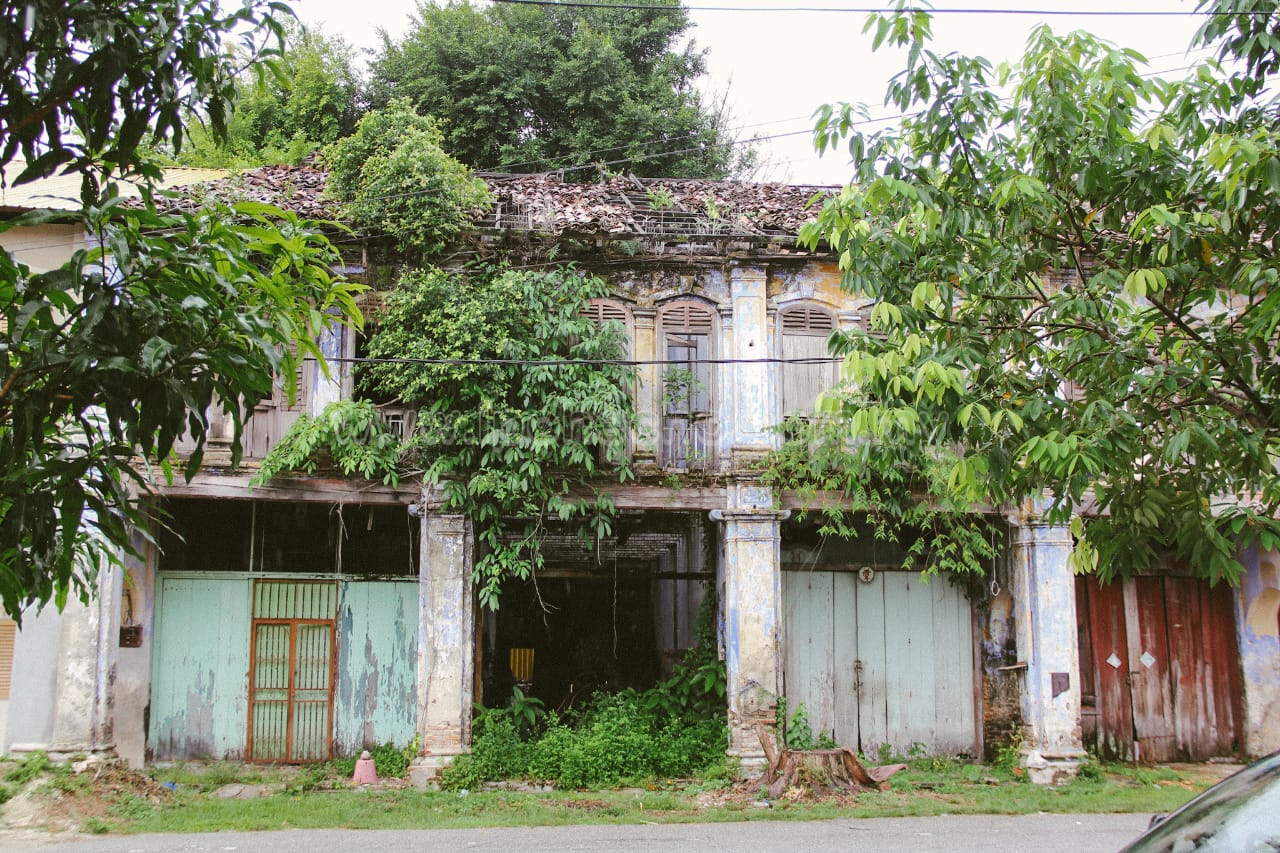

Here is an excerpt of the tale Sundra shared with us: “…some almost 200 years ago, in 1839, during the era of wars, Chinese people landed in Malaya to break free from the life of poverty in China. As many of us were taught in our Sejarah (history) class, tin was much sought after in Malaya.
Some resistance fighters against the Japanese sought refuge in this small town, which soon after rapidly became crowded. With only one main street and 150 houses, the village quickly became a place of tin mining among the Chinese and Mandailing.” (The Mandailing are a community of people who hailed from the island of Sumatra in Indonesia and fled to Perak from the 19th century wars of north Sumatra; source.)
Check out Ipoh Heritage Walk Sundra on Facebook if you would like to know more about Papan.
Our first stop was a visit to The Goddess of Mercy Temple (Guan Yin Gu Miao) located next to a cemetery. We toured around the temple as its caretaker introduced us to the various antiquites with historical significance housed there, built by the Chinese people dating back in 1900.
For instance, he told us that the well located just outside the temple was the main source of water for the community. In Chinese, it symbolises longevity, and unlike any other wells, this one took the form of a nonagon (dragon with nine peaks) with its nine edges.
Other items were a hundred-year-old bell, etched with epigraphs; a hand-carved altar table sculpture, also known as a holy table; and one of the oldest pewter ornaments at the temple.
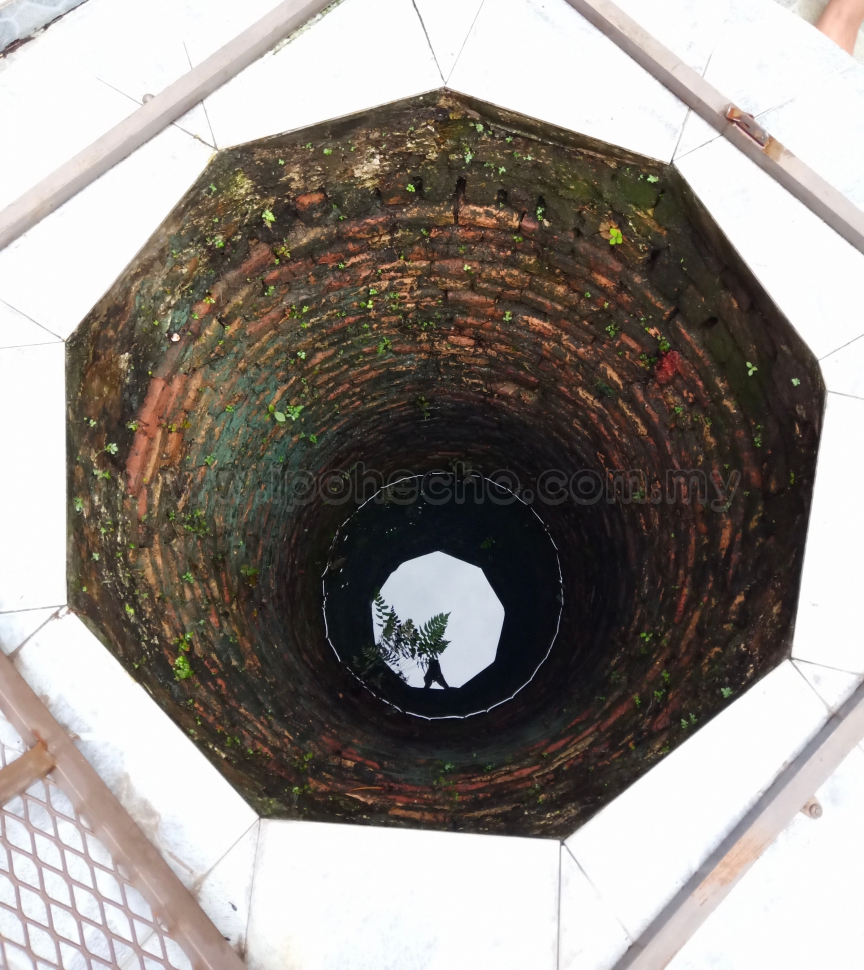



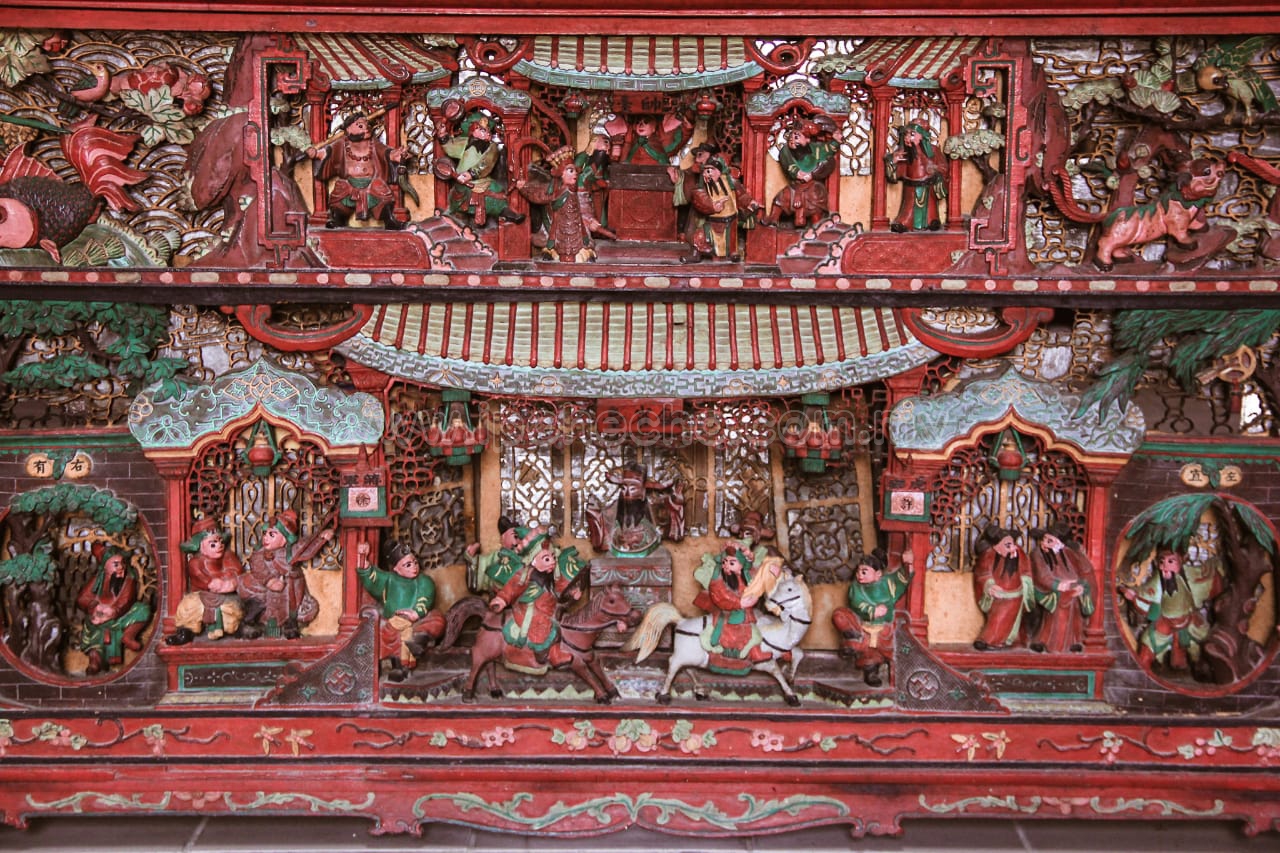

The sculpture embodied exquisite workmanship as the details were incredibly vivid even after all these years.
It started to drizzle when we arrived at the house visited by Dr. Sun Yat-Sen after he succeeded in overthrowing the Manchu regime. Sundra explained that the political philosopher played a role in the revolution of China. “The family [who owned the house] were staunch supporters of Kuomintang. It was them that set off large amounts of fire crackers and kept the town awake day and night during the downfall of the Manchu regime,” he shared.
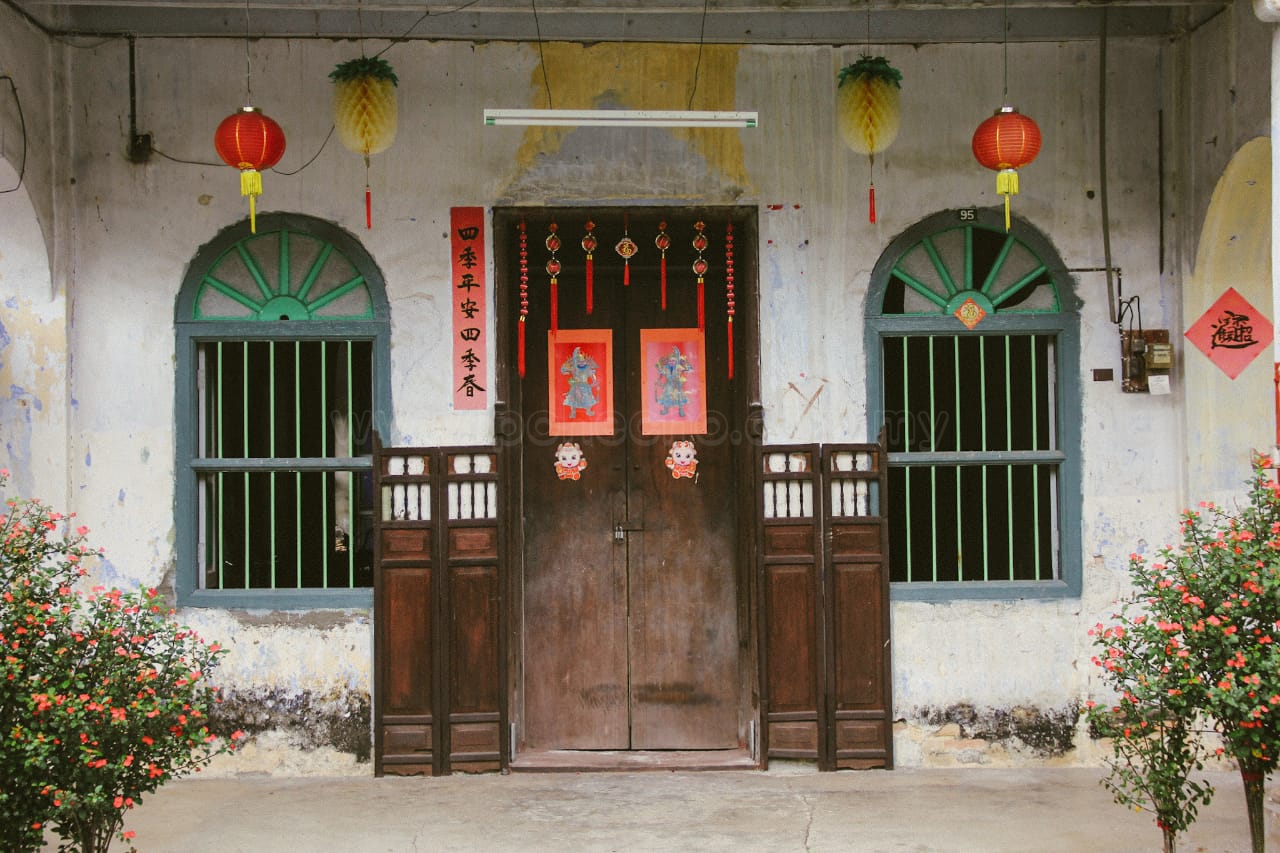

Have you heard of Sybil Kathigasu? Sybil had a close link to the tin mining town. According to NST, there is no Sybil without Papan. Although the town is slowly losing it’s spotlight, the nurse is still greatly admired by those who know her story. She aided the guerilla fighters resisting the Japanese occupation during World War II at her accommodation in a shophouse along street-74, Main Road, Papan.
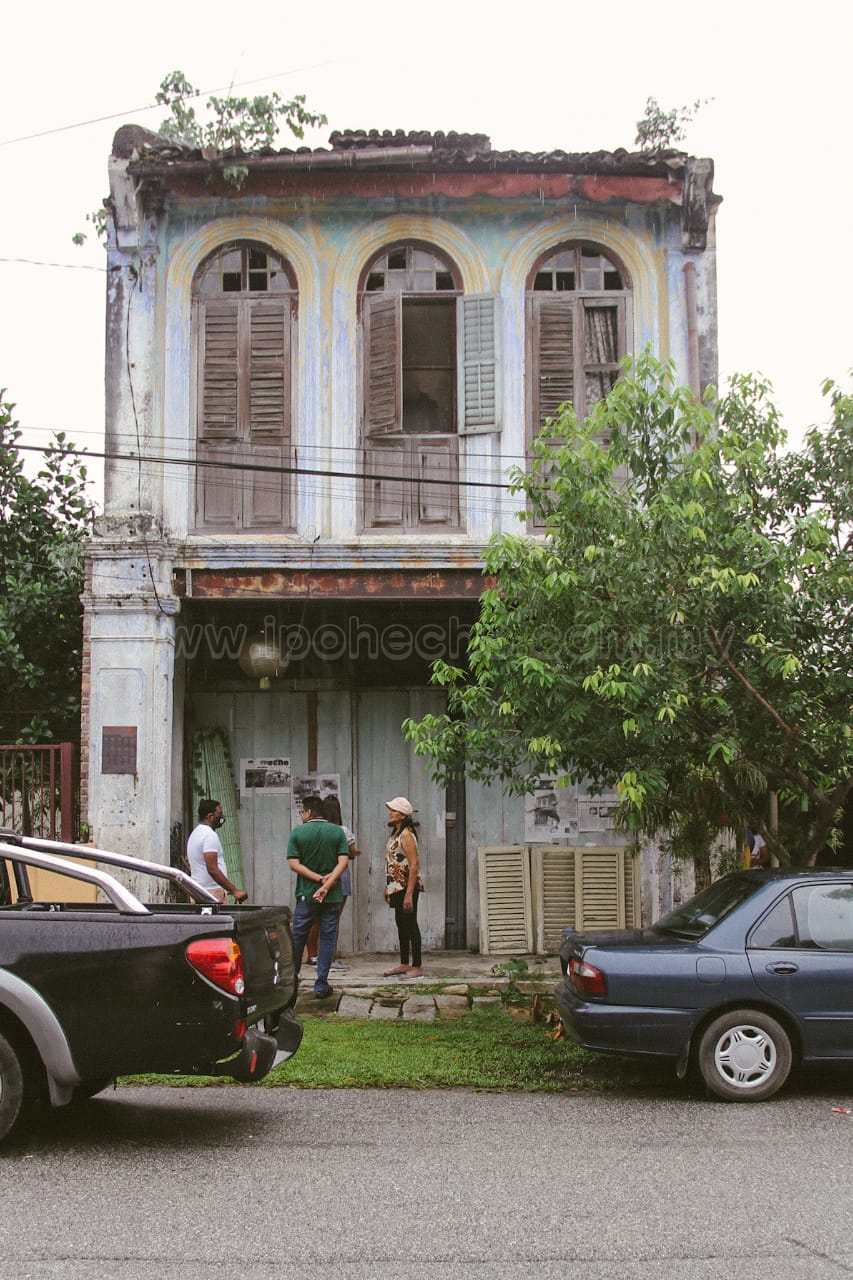

Quoting from NST, “she covertly supplied soldiers hiding out in the surrounding hills with medical aid and information gleaned from BBC broadcasts on banned short-wave radio sets. Sybil did all these knowing full well the consequences. The ownership of a radio was an offence punishable by death in the eyes of the Japanese.”
After that, we dropped by a mansion (Istana Bilah) which was the home of Raja Bilah, zealously preserved until today. Some claim that the castle was not so much a place of residence but more of a clan house. Raja Bilah was a famous tin trader who was also the first salaried village chief (penghulu). In 1882, he built the first timber house called Rumah Asal and six years later, the Papan mosque was constructed.
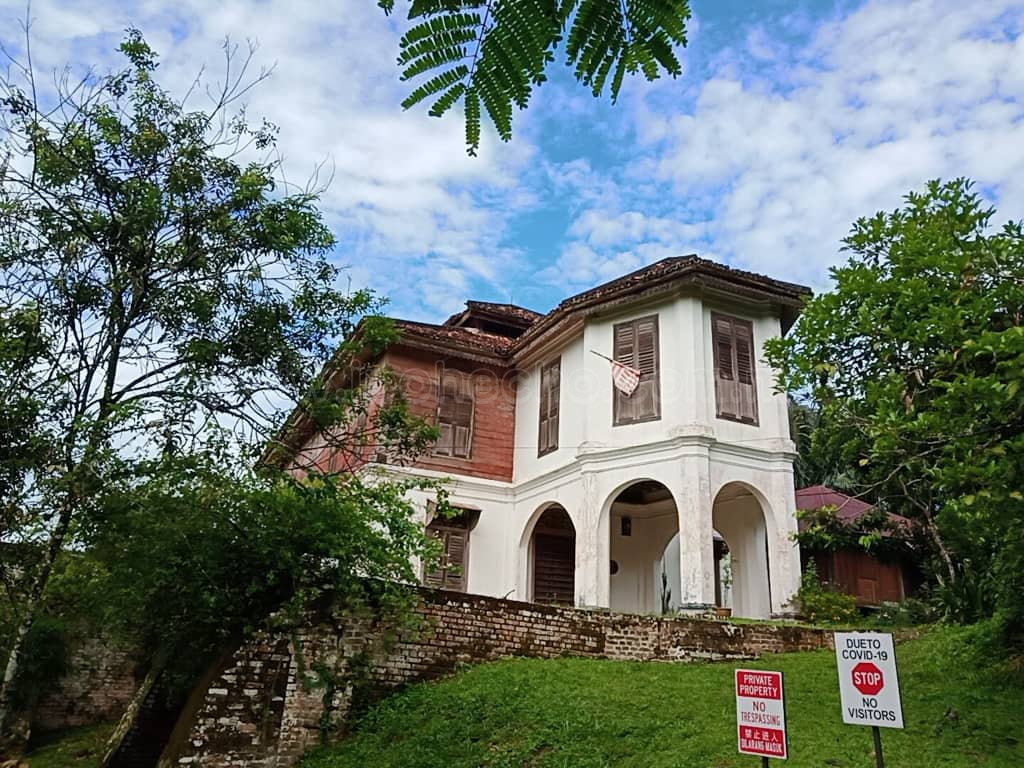

Based on the signs mounted on the ground, the house was closed to visitors due to the pandemic. But judging by the compound, it seems properly maintained and well-kept. We had to be mindful not to accidentally step on the burial ground as there was only one with a gravestone.
Then, Sundra took us to a… house. I kid you not, it gave off a ghastly feeling. Rumour has it that the decayed house with overgrown trees is inhabited by at least one spirit. What’s the story? I guess some things are best left unknown?
When Sundra told us that there is an artistic street in the area, I was enthusiastic. Apparently, they were the work of the passionate townsfolk. Walking on the street filled with art was like going to an art exhibition; the only difference is that one doesn’t need to pay for this one.
One of the townsfolk told us that making art can keep them occupied and help revitalise the neighbourhood. He also repurposes materials, such as turning used detergent bottles into flower pots.
While chatting, I spotted a carton of empty Pepsi glass bottles with slightly faded wordings set aside at a corner. Although I cannot exactly say it reminded me of my childhood times because they had already switched to plastic bottles and aluminium cans at that point, I enjoyed the nostalgia. I’m sure it brings some of us back to the good old days.
As one walks further along the street, they will come across a wall art that reads ‘I love PP’. The two ‘P’s represent Papan. However, in a stroke of creativity, the artist painted the first ‘P’ inverted, and it often leaves visitors puzzled as it looks like a ‘q’.
History is a subject that’s often overlooked. Many of us tend to be apathetic when it comes to preserving heritage and cultures. I hope people will one day learn the importance of preserving our roots, for the past is what made us who we are today.
The two-hour tour was worthwhile other than getting attacked by mosquitoes. So, if you are a mosquito magnet like me, bring along a repellent if you want to have an uninterrupted adventure outdoors!
Gisele Soo
=============================
Get your local news fast. Download the Ipoh Echo App on your mobile. Available on both Google Playstore and Apple Appstore.


